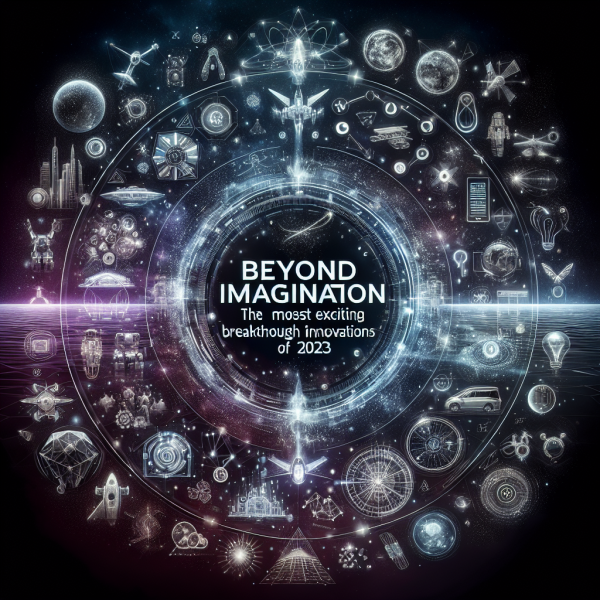Decentralization and Blockchain: The Future of Secure Transactions in a Digital World

In an era defined by rapid technological advancement and the ever-growing importance of digital interactions, the need for secure and transparent transactions has become paramount. Centralized systems, often vulnerable to hacking, fraud, and manipulation, have drawn scrutiny, propelling a shift toward decentralized solutions. At the forefront of this revolution is blockchain technology, a paradigm shift that promises to transform how we conduct transactions, store information, and interact in the digital landscape.
Understanding Decentralization
Decentralization refers to the distribution of authority, control, or data away from a central authority. In traditional systems, such as banks or government entities, a single entity controls transactions, collections, and ownership records. These centralized systems present significant risks, including data breaches, fraud, inefficiencies, and lack of transparency.
In contrast, a decentralized approach leverages distributed networks to manage transactions and data. This means that no single entity has control over the entire network, promoting trust and security. Decision-making powers are distributed among participants, creating a level playing field where trust is inherently established through consensus mechanisms.
The Role of Blockchain Technology
Blockchain is the underlying technology that empowers decentralization. At its core, blockchain is a distributed ledger that records transactions across a network of computers. This ledger is immutable, meaning once a record is added, it cannot be altered or deleted, providing a high level of security and integrity.
Key Features of Blockchain:
-
Transparency: All transactions on a blockchain are visible to all participants, allowing for a transparent process that builds trust among users.
-
Security: Encryption and cryptographic techniques safeguard data integrity. The decentralized nature of the network makes it challenging for malicious actors to alter the ledger.
-
Immutability: Once transactions are verified and added to the blockchain, they become a permanent part of the record, ensuring accountability and traceability.
-
Cost Efficiency: Decentralization reduces the need for intermediaries, leading to lower transaction fees and faster processing times.
- Innovative Smart Contracts: Smart contracts are self-executing agreements with the terms directly written into code. They facilitate, verify, or enforce the negotiation or performance of a contract, eliminating the need for middlemen.
Applications in Secure Transactions
1. Financial Services
The most prominent use case for blockchain is in the financial sector, where it is revolutionizing how transactions are conducted. Traditional banking systems are often hampered by inefficiencies, high fees, and cross-border transaction delays. Blockchain-enabled cryptocurrencies like Bitcoin and Ethereum offer a decentralized alternative, allowing users to conduct peer-to-peer transactions without intermediaries. Additionally, blockchain technology can streamline the settlement processes for trades, reducing risks and costs.
2. Supply Chain Management
Blockchain’s transparency and traceability make it an invaluable tool in supply chain management. By recording each step of the supply chain process on a blockchain, companies can ensure product authenticity and monitor every stage of production. This level of oversight not only enhances security but also builds consumer trust, particularly in industries like food safety and luxury goods.
3. Identity Verification
Traditional identity verification methods are often fragmented and susceptible to fraud. Blockchain technology can provide a secure, decentralized identity system where individuals maintain control over their personal information. By leveraging blockchain, users can authenticate themselves without needing to rely on a centralized authority, reducing the risk of identity theft.
4. Voting Systems
Blockchain has the potential to transform democratic processes by creating secure, transparent voting systems. By recording votes on a blockchain, elections can become tamper-proof, ensuring that results are accurately counted and publicly verifiable. This innovation can enhance citizen trust in electoral outcomes and reduce the risk of election fraud.
Challenges and Considerations
Despite its many advantages, blockchain and decentralization face challenges. Issues such as scalability, energy consumption, regulatory frameworks, and public perception need to be addressed to realize their full potential in secure transactions. Governments and institutions must collaborate to develop standardized regulations that ensure the technology’s responsible use while fostering innovation.
Conclusion
Decentralization and blockchain technology are poised to redefine secure transactions in a digital world. By empowering individuals, enhancing transparency, and reducing reliance on intermediaries, these innovations promise a future where trust in digital interactions is fortified. As we move toward this new landscape, continued exploration, research, and collaboration among technology developers, regulators, and users will be crucial in shaping a safer and more equitable digital economy. Embracing the potential of blockchain will not only revolutionize secure transactions but also pave the way for a more decentralized and resilient future.














